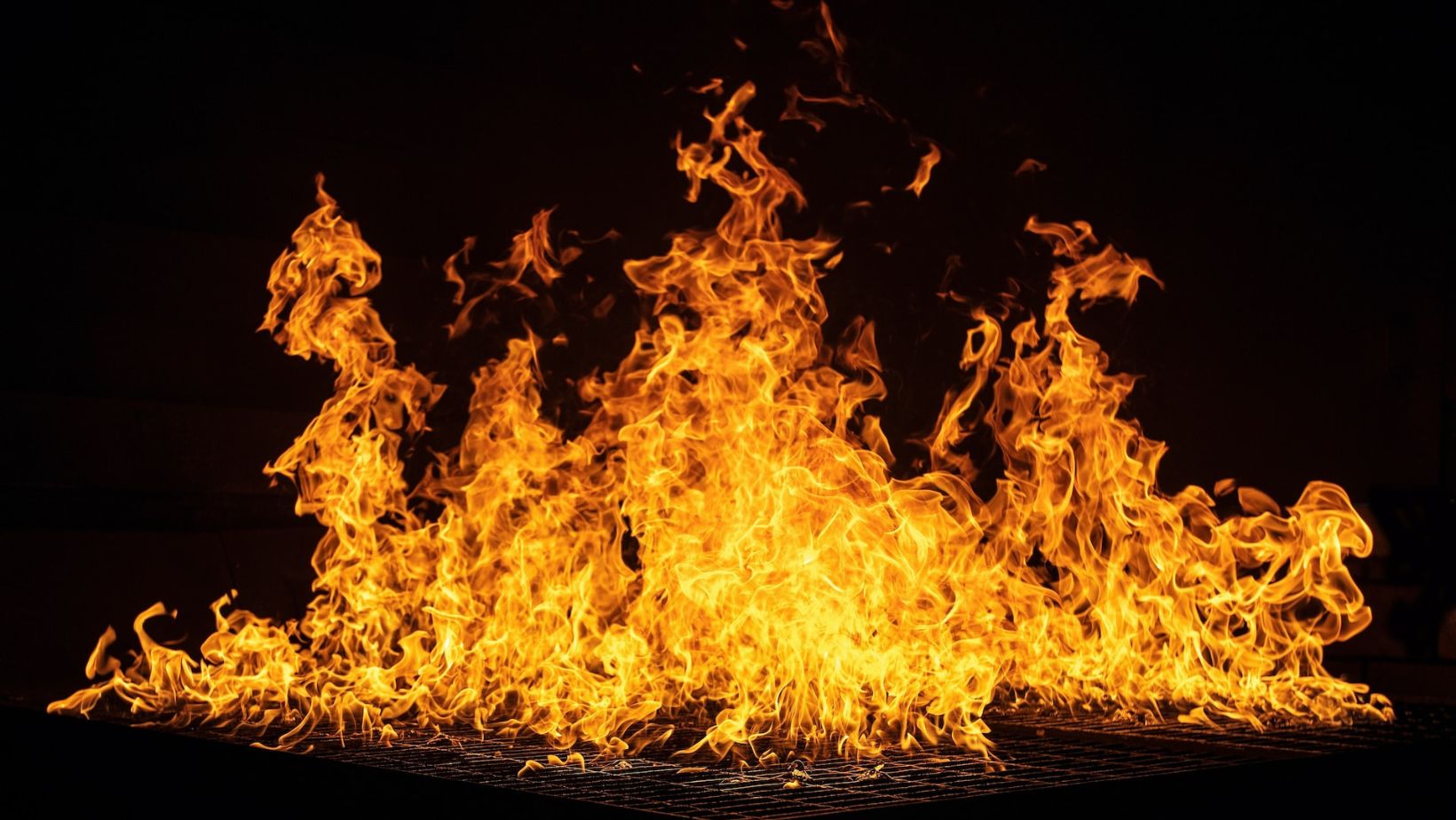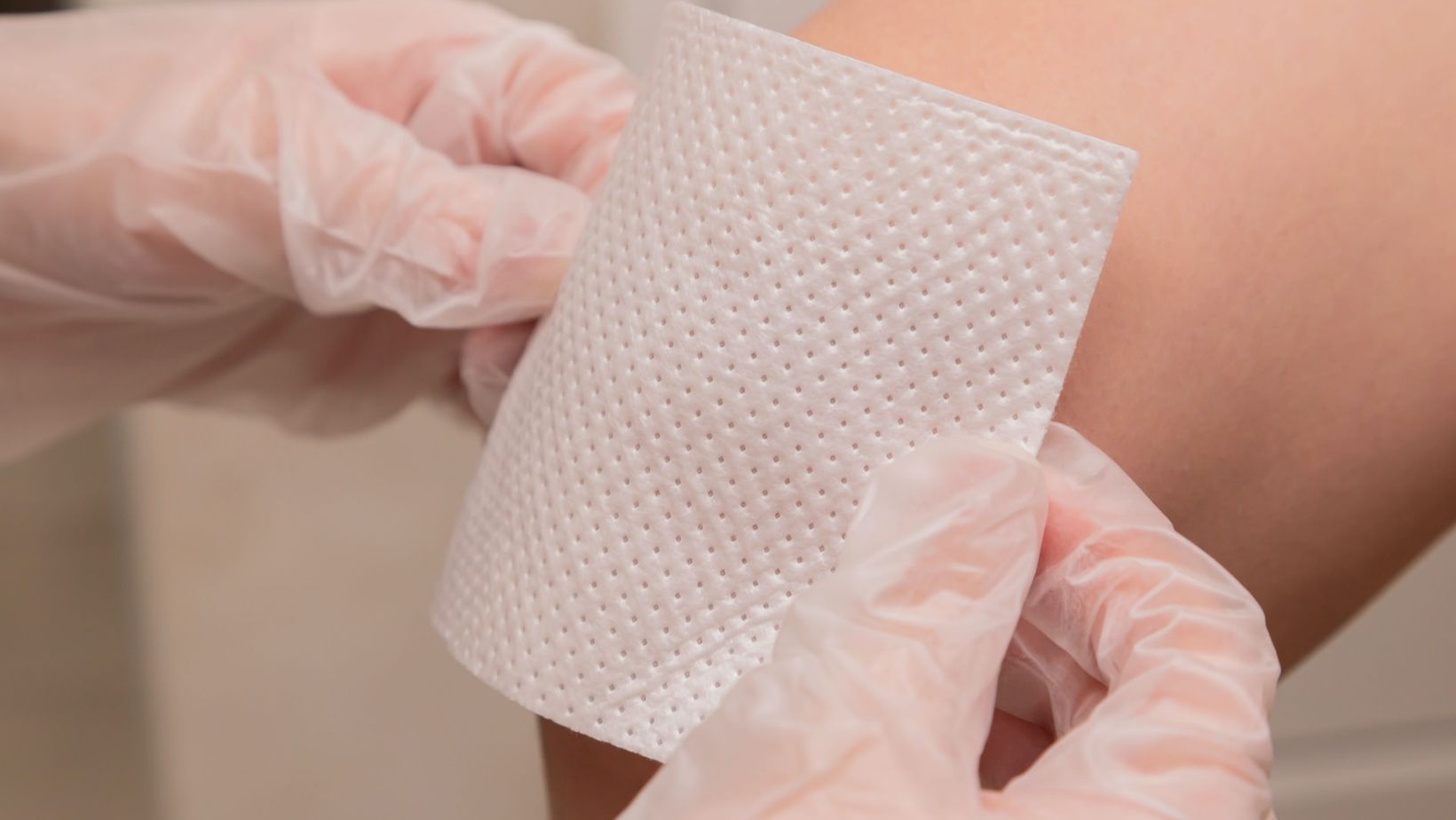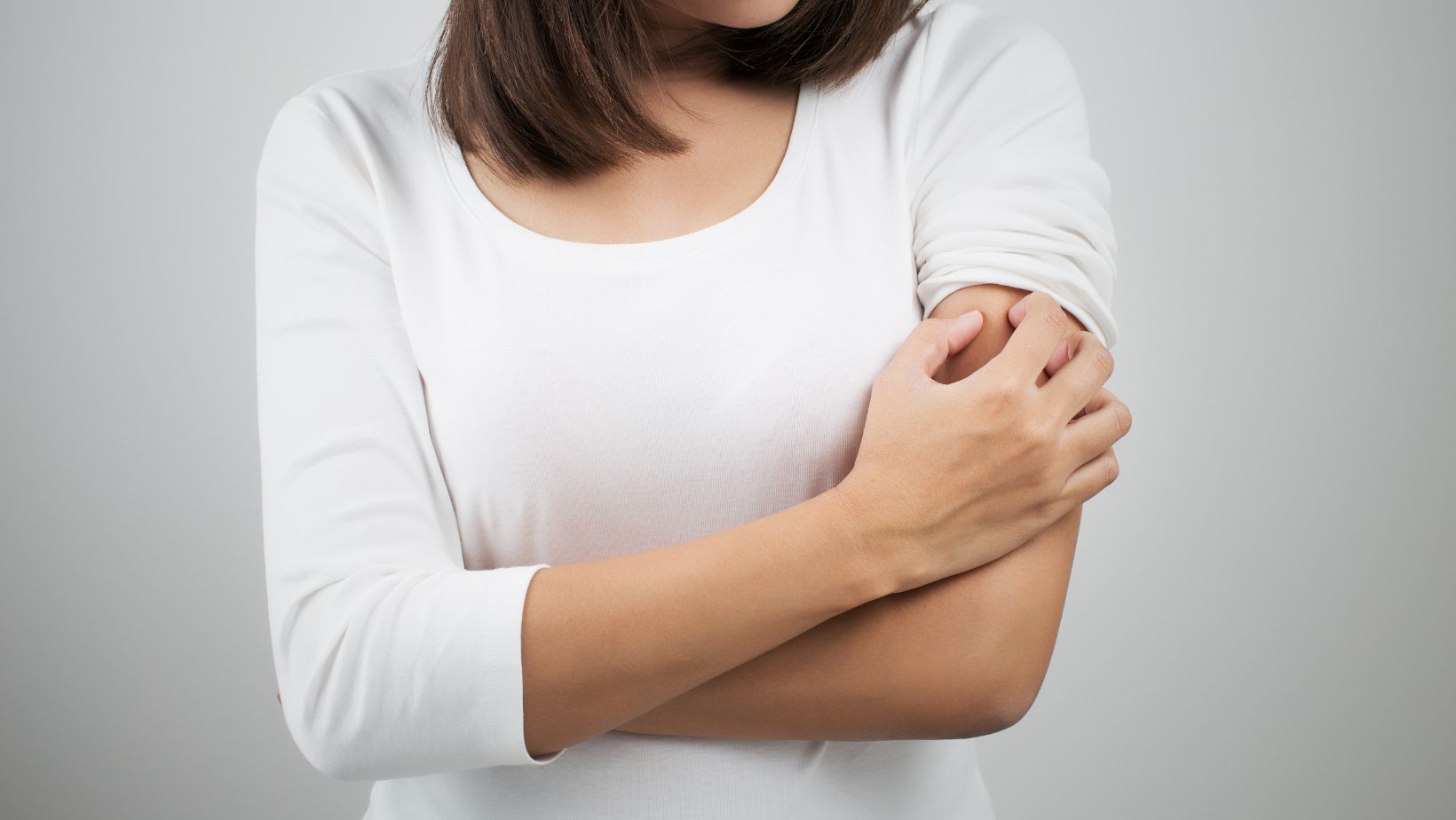First Aid: Immediate Steps for Treating Burns

When you think of a first-aid kit, the first thing that comes to mind is having some antiseptic cream and a few band-aids of various sizes. Most people, though, are blissfully unaware of what to do when something more serious occurs, like treating a burn wound. This post will explore the various steps involved with treating a burn so that you can be prepared when the unexpected happens.
Stay Calm, Assess the Situation
Burns are a particularly nasty injury for anyone to sustain, and because of the unusualness among average folk, it can be a shocking thing to see unfold. Therefore, before you do anything, you should first take stock and assess the situation. If you don’t have one already, you really should consider investing in specialist first aid kits for treating burns, which will contain all of the things necessary for treating this type of injury. These kits provide everything required to deal with most minor burns. However, just be aware that regardless of your gear, you should always call your emergency services, as these wounds have a nasty habit of worsening without the correct treatment.
Run Cool Water Over the Burn
If you have assessed your correct course of action well, your next step is to run cold water over the burn. Running cold water for at least 10 minutes helps stop the burning process by lowering skin temperature and providing welcome relief. Cold constricts blood vessels, reducing swelling and slowing the heat transfer into deeper tissues. While it may be instinctual to use creams or ice, these can do more harm by sealing in heat and damaging cells.
Do Not Break Blisters
While it can be tempting to pop blisters caused by burns, it’s crucial to leave them intact. Blisters form as the body’s natural response to separate the non-viable skin from the healthy tissue below. When a blister breaks prematurely, it removes this protective barrier and exposes tender nerve endings, resulting in far greater pain. Additionally, the open wound risks becoming contaminated, upping the chances of infection in an area already compromised by injury.
Draining fluid from an unbroken blister also preserves new cell growth beneath. Rather than risk these issues, it’s best to drain the blister once fully formed, and the poppable area is obvious. Until then, lightly dressing a blister supports healing without disruption. So, to minimize further damage and promote recovery, it’s advised to simply leave burn blisters.
Monitor for Signs of Infection
Burns can leave skin vulnerable to bacterial invasion, making infection a severe risk. That’s why monitoring burn wounds closely for signs of infection is crucial in the recovery process. Some red flags to look out for include increased pain, swelling, or warmth in the area beyond what’s expected. The presence of pus, changing wound color, such as developing redness or yellowing, and foul odors are also causes for concern. A burn victim’s temperature should also be tracked, with any sudden spike potentially indicating their body is fighting an infection. Seeing a medical provider promptly if these symptoms emerge is essential, as an infection needs immediate treatment, often with antibiotics, to prevent worsening and spread.
Left unchecked, an infection can cause serious complications or even sepsis. By remaining vigilant and watching for telltale signs in the days and weeks post-burn, the infection can be identified early before it takes hold, improving healing odds and preventing the need for further medical intervention or hospitalization.
A burn wound presents a different set of challenges than more conventional wounds. Knowing what to do can effectively treat these wounds and ensure a sound recovery.
-
Personal Finance8 months ago
How Do I Find My UCAS ID Number?
-
Success6 years ago
Consistency: The Key Ingredient to Success
-
Uncategorized8 months ago
What Does Conditionally Approved Mean For An Apartment?
-
Motivation3 years ago
How To Become a More Organized Person?
-
Others4 years ago
Work Health and Safety: 8 Reasons to Maintain a Clutter-free Office
-
Entrepreneurs4 years ago
Why Diversity is Key in Business Marketing
-
HK Pools8 months ago
The HK Pools Forum Comunity Jos Markotop 2D Warna Kuning – A Great Way to Stay Connected
-
Sport1 year ago
What Makes Soccer Betting So Great?





























